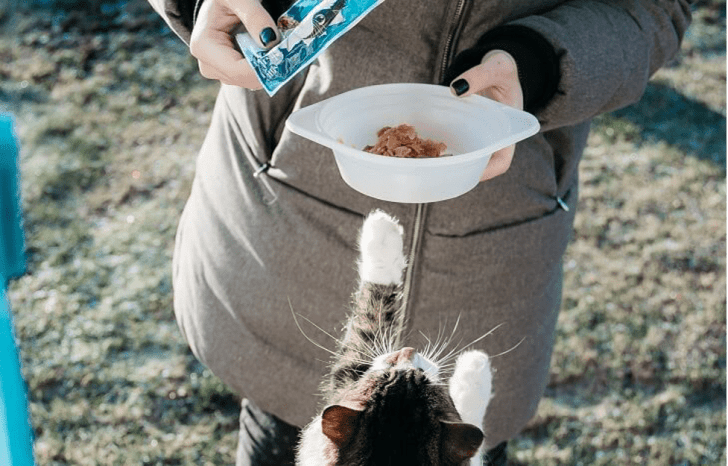Cats have an unfair reputation for being dogs’ less friendly counterparts. Fortunately, there remains to be a lot of feline lovers all over the world who live and care for them. While they may seem to be easy to look after, what with cats being independent and self-sufficient, there are still some things cat owners tend to look over. To avoid disastrous situations, here are the habits all furry parents should avoid doing.
Forcing Them To Be Affectionate

Unsplash | Respect your cat’s needs by never holding them against their will
As veterinarian Wendy Hauser warns, people should refrain from forcing their cat to cuddle or socialize, especially when they are in the wrong mood. Remember that, unlike dogs, cats prefer human attention in smaller doses and often on their own terms.
Bringing Home Random Plants

Unsplash | Cacti are pretty safe to have around cats but owners still need to watch out for the plants’ prickly needles though
Creating indoor gardens is all the rage now but cat owners should be aware that they can’t just bring in any plant inside their homes. Some, like lilies, can be specifically toxic to cats. Be warned that poisonous plants or flowers can lead to kidney failure or worse, death. Make sure to consult the American Society for the Prevention of Cruelty to Animals (ASPCA)’s comprehensive list of harmful plants.
Discipline by Direct Punishment
Cats and dogs require different kinds of discipline. Getting the former to behave will require less direct ways than their canine friends. For example, Hauser shares that punishing one’s feline pet straightforwardly can have harmful consequences. Cats are reportedly quite sensitive to loud sounds, such as angry voices, and easily get scared of them. Thus, verbally reprimanding them may not be the best choice when they misbehave.
Sticking to Dry Food

Unsplash | Make sure to add a meal of wet food to your pet’s daily diet
Some cat owners may be afraid to frequently feed their pets canned wet food because of the thinking that this has more calories and might lead their cat to be obese. However, they’re actually a better choice compared to dry food. Cats reportedly don’t drink water often and would get their hydration from food instead. And when they can’t they may become severely dehydrated and suffer from bladder stones and even urinary tract infections.








